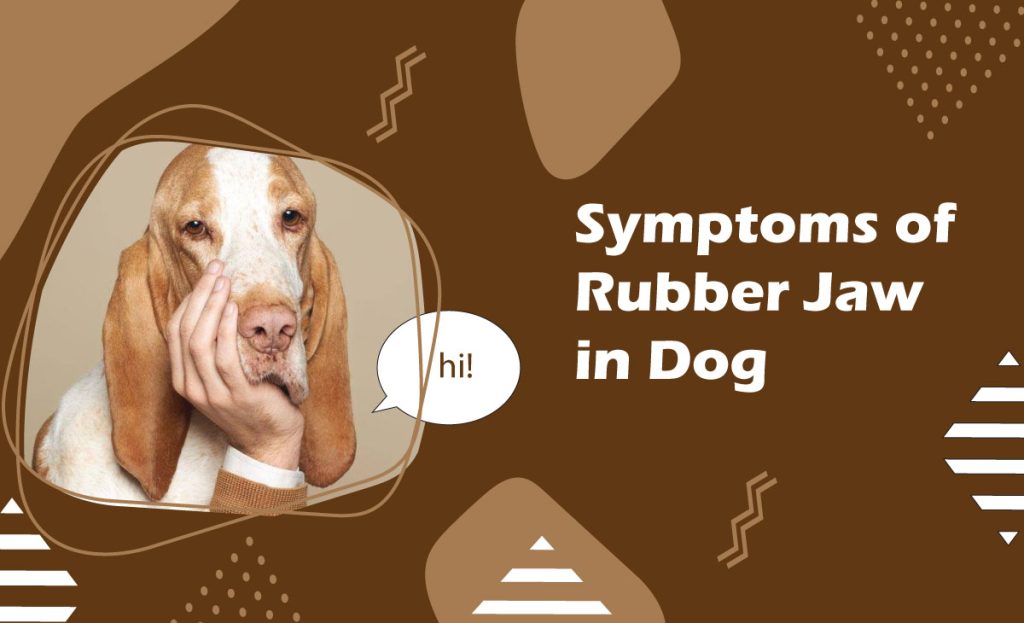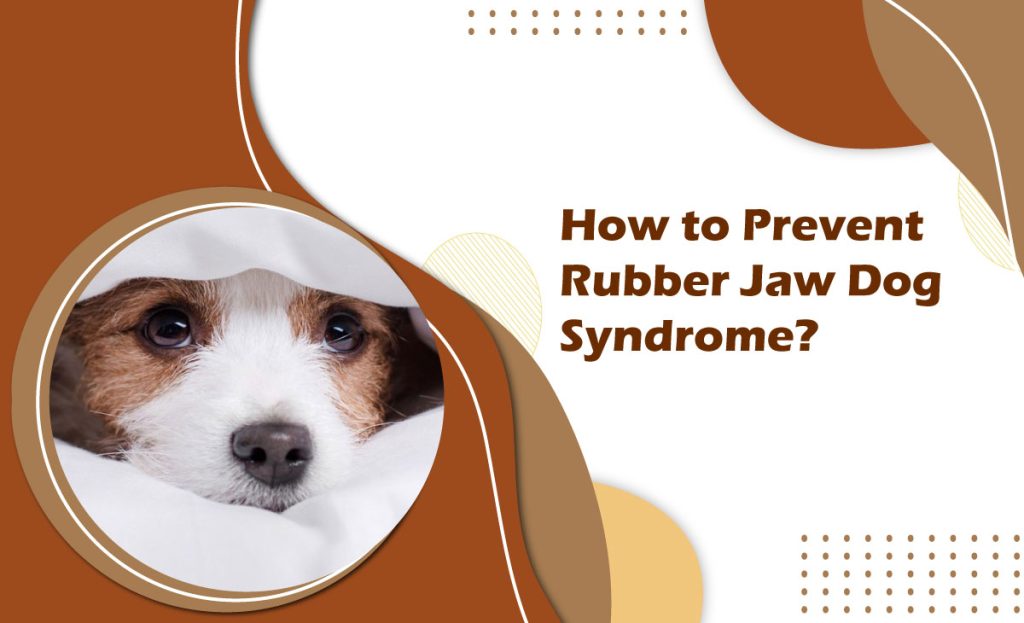Rubber jaw syndrome in dogs is a rare but severe condition that can affect the structural integrity of a dog’s jaw, making it soft and rubbery to the touch.
It is often a symptom of a deeper, underlying medical issue related to calcium and phosphorus imbalances. As a dog lover, aka pet parent, it’s crucial to understand the causes, symptoms, and treatment options to ensure your rubber jaw dog receives prompt and effective care.
So, let’s get into this!
What Causes a Rubber Jaw Dog?
A rubbery jaw in dogs, also referred to as rubber jaw syndrome, is most commonly caused by a condition known as secondary hyperparathyroidism. This disorder occurs when a dog’s body suffers from prolonged calcium deficiency, leading to an overproduction of parathyroid hormone (PTH), which regulates calcium and phosphorus levels in the body.
In a rubber jaw dog, calcium is essential for maintaining bone health and strength. When a dog’s body cannot absorb enough calcium due to renal failure or a poor diet, it compensates by releasing PTH.
This hormone starts pulling calcium from bones, including the jaw, to maintain proper calcium levels in the blood so that no blood clot would build up. Over time, this demineralization process weakens the bones, making them soft and rubbery.
What Is Rubber Jaw Dog Syndrome?
Rubber jaw syndrome, also called fibrous osteodystrophy, is a condition where the bones in a dog’s jaw lose density due to prolonged calcium depletion. The bones in the jaw become soft, flexible, and often painful.
The jaw might not be able to support regular activities like chewing, and in severe cases, it can feel “rubbery” to the touch. This syndrome is not a disease in itself but rather a symptom of other conditions, primarily linked to kidney dysfunction or improper nutrition.
If left untreated, rubber jaw dog syndrome can result in severe bone deformities, fractures, and an overall decline in the dog’s quality of life.
Must Read: Learn About Symptoms of Bursitis Dog
What Causes a Slack Jaw in Dogs?

A slack jaw, or a drooping lower jaw, can occur due to several reasons, including nerve damage, trauma, or rubber jaw dog syndrome. When the jawbones lose their strength due to calcium loss, the muscles and tissues surrounding the jaw may struggle to hold the jaw in place.
This results in a slack or droopy appearance. Additionally, certain neurological conditions can lead to weakness in the muscles that control the jaw, further exacerbating the issue.
What Is a Rubber Jaw Dog in Renal Secondary Hyperparathyroidism?
When the kidneys are not functioning properly, they fail to regulate phosphorus levels and produce enough vitamin D. This imbalance leads to low calcium levels in the blood, which triggers an overproduction of parathyroid hormone.
In turn, the hormone pulls calcium from the bones, leading to demineralization, especially in areas like the jaw.
In renal secondary hyperparathyroidism, the jawbones lose their density, becoming soft and rubbery to the touch. This condition can be extremely painful for dogs and may severely affect their ability to chew and eat.
Symptoms of Rubber Jaw Dog

Recognizing the early symptoms of rubber jaw in dogs is vital for timely treatment. Some of the common signs include:
- Soft or flexible jawbones
- Difficulty chewing or eating
- Visible jaw deformities or drooping jaw (slack jaw)
- Swelling or pain in the jaw area
- Loose or missing teeth
- Signs of renal disease (excessive thirst, urination, lethargy)
Rubber jaw dog treatment is most effective when the condition is caught early.
Treatment for Rubber Jaw Dog

The treatment for rubber jaw in dogs focuses on addressing the underlying cause, usually secondary hyperparathyroidism. For dogs with renal secondary hyperparathyroidism, managing kidney disease through a combination of diet, medications, and supplements is essential.
Veterinarians may prescribe calcium supplements and phosphate binders to help restore proper mineral balance in the body.
A low-phosphorus diet is also crucial in managing kidney disease and preventing further calcium loss from the bones. In some cases, vitamin D supplementation may be necessary to improve calcium absorption.
How to Prevent Rubber Jaw Dog Syndrome?
Prevention of rubber jaw syndrome revolves around maintaining a healthy diet and promptly managing any underlying health issues. For dogs with kidney disease, regular vet check-ups and blood work can help monitor their calcium and phosphorus levels, allowing for early intervention if imbalances arise.
Providing your dog with a balanced diet that contains adequate amounts of calcium and phosphorus is key to preventing fibrous osteodystrophy.
Conclusion
Rubber jaw dog is a serious condition that signals a deeper issue related to calcium-phosphorus imbalances, often tied to kidney disease.
Early detection and appropriate treatment can greatly improve your dog’s quality of life and prevent severe complications. If you notice any symptoms, such as a slack jaw or difficulty chewing, consult your vet to address the condition before it progresses.




